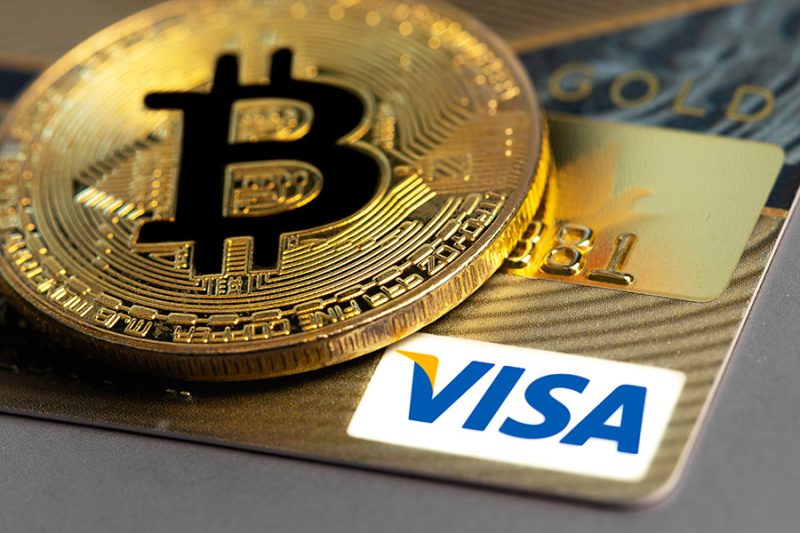Visa, a global credit card giant, is planning to integrate blockchain-powered solutions into its services to enhance the future of payments. Visa’s executive, Alfred F. Kelly, believes that stablecoins and CBDCs could play a vital role in the payments division. The company has revealed it has several initiatives underway.
Testing Stablecoin Payments
Visa has already begun testing accepting payments and payouts on Ethereum using the stablecoin USDC. Cuy Sheffield, the Vice President and Head of Crypto at Visa, said the transactions were “large value settlement payments.” The aim is to convert between digital tokenized dollars and traditional dollars in the same way as converting between dollars and euros in cross-border transactions.
Read More: Binance and Mastercard Join Hands to Launch Prepaid Crypto Card in Brazil
Exploring Blockchain Foundations
Visa has a team of researchers and engineers working to evaluate the underlying principles of different blockchain protocols. The focus areas include security, scalability, interoperability, privacy, and use cases.
Visa is exploring options to allow auto payments via Ethereum wallets. In December 2022, the company released a proposal outlining how users could set up automatic payments, enabling them to eliminate centralized entities such as banks from the equation.
SWIFT Limitations
Visa currently uses the SWIFT system for settlements, which facilitates trillions of dollars in cross-border payments between 11,000 financial institutions across more than 200 countries. However, there are limitations in the SWIFT network that prevent Visa from moving money as frequently as desired. As a result, Visa has been testing stablecoin payments to overcome these limitations.
Visa’s proposal highlighted that by using Ethereum crypto wallets, users can “pull” funds without manual approval for every transaction. This means users can schedule auto-payments from self-custodial crypto wallets with support from Visa. The capability is not yet possible on the Ethereum mainnet, but a proposal called “Account Abstraction” would make it possible for Ethereum user accounts to work like smart contracts and feature pre-scheduled execution functions.
Building “Muscle Memory”
Visa wants to build “muscle memory” for global settlement with digital assets and fiat currencies. The company seeks to meet customer requests to convert digital assets into fiat payments, similar to how it converts foreign currencies.
In March 2021, Visa announced using the USDC stablecoin, backed by the US dollar, to settle a transaction on the Ethereum network. The aim is to offer meaningful benefits and efficiencies, particularly for fintech companies that run their business in crypto.
Visa’s Embrace of Blockchain and Cryptocurrency
Visa was among the first financial companies to embrace both blockchain and cryptocurrencies. To help clients and partners explore opportunities in the space, the firm launched a crypto advisory practice in late 2021. The company has also launched a blockchain-powered business-to-business payments network called B2B Connect.
Visa has not yet integrated blockchain technology to support regular money movement on its network but is exploring the option. The company’s recent moves towards stablecoin payments and auto payments via Ethereum wallets demonstrate its commitment to embracing blockchain and cryptocurrencies for a better future of payments.
